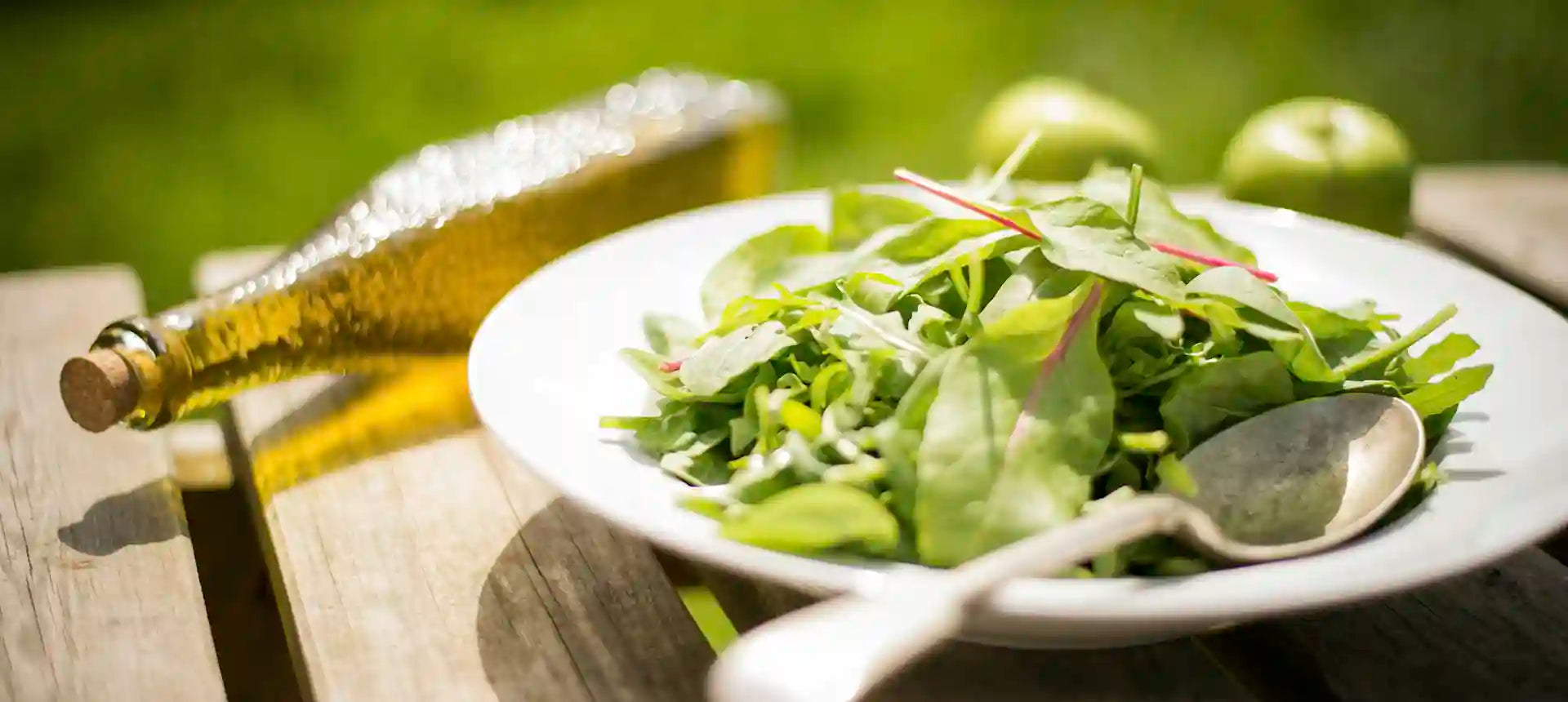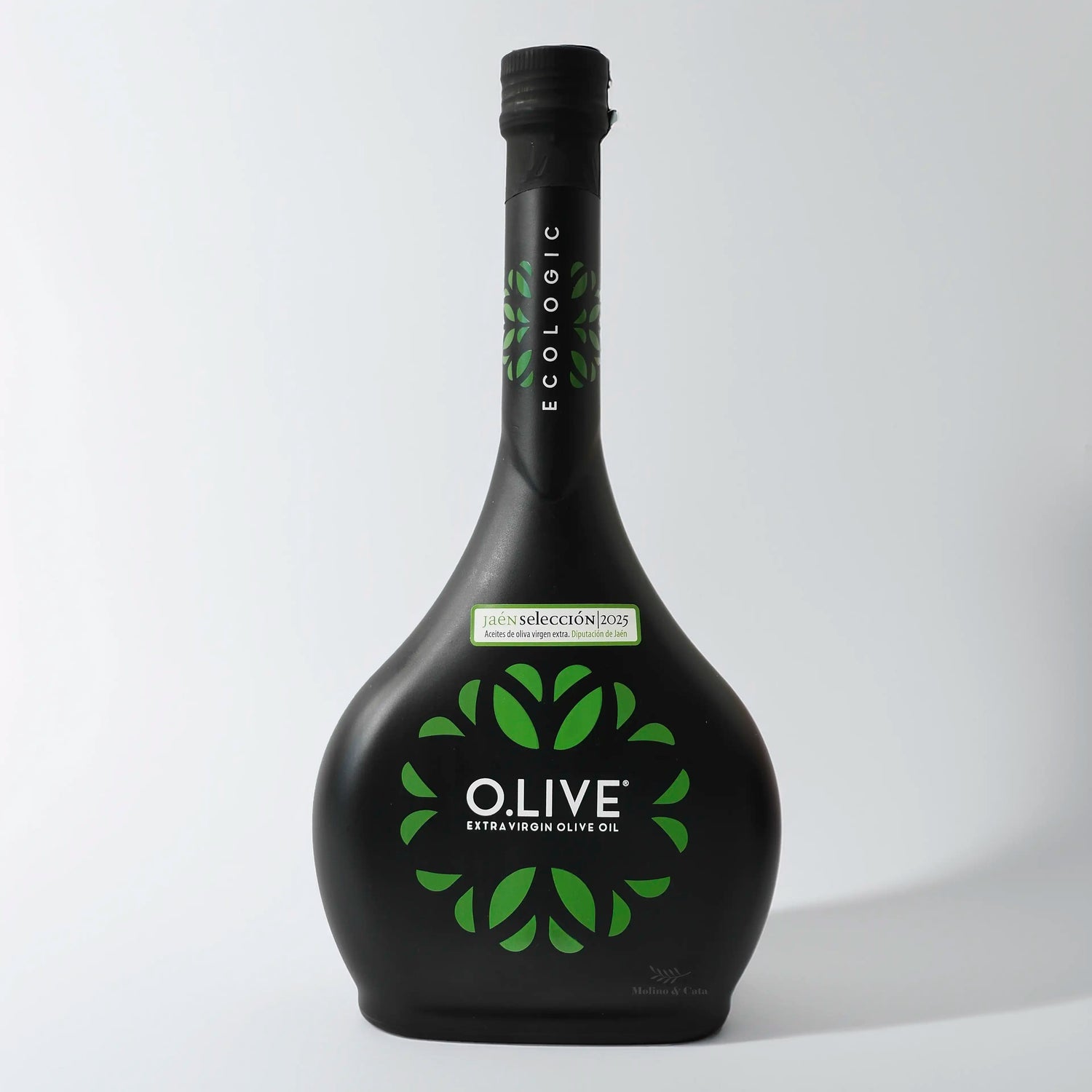
Early Harvest Extra Virgin Olive Oil
by Jerónimo Palacios
Early harvest Extra Virgin Olive Oil is produced at the beginning of the season, when the olives are still ripening, and is the most highly valued on the market.
This is why they are also known as Premium or high-end EVOO .
During the month of October, trees with fruit of varying ripeness are selected to obtain a balanced, intense, and aromatic oil that showcases all the characteristics of each variety.
Why is this type of EVOO so special and what sets it apart?
Technically, this oil is obtained from olives harvested before they are fully ripe , usually in the months of October and November.
The olive ripening process on a farm is not uniform. Due to climatic conditions, soil, and available water, among other factors, some trees ripen their fruit earlier than others. It is common to find different stages of ripening even in trees that are very close together.
Traditionally, harvesting was delayed until the fruit was fully ripe, as the percentage of fat present in the olive was higher and therefore more productive.
However, some innovators began processing the oil in stages where the fruit still had a few weeks of ripening to go, and discovered that the resulting oil had spectacular intensities and aromas not found in the fat from fully ripe fruit.
This has led to an explosion of producers incorporating high-end references into their brands in recent years.
Differences between early harvest Extra Virgin Olive Oil and regular EVOO
While EVOO was traditionally harvested from late November to early January, premium EVOO is harvested between October and early November. This makes production more complicated.
First, the orchards and trees must be carefully selected to ensure the optimal composition of the fruit that will produce the oil. Harvesting early doesn't necessarily produce better oil. Quite the contrary, harvesting unripe olives will result in a dull oil with a powerful, spicy, and bitter green wood flavor that won't be pleasant to the palate.
Secondly, the weather conditions typical of autumn (rainfall interspersed with sunny days and good temperatures) make it more difficult to obtain good production without damaging the fruit.
Finally, producing oil before the fruit is fully ripe results in a lower yield, which lowers productivity.
The aroma is intensely fruity, it has a high antioxidant content and is a complex oil with many nuances and aromas.
Why is its price higher?
Since this oil is produced when the fruit is not yet fully ripe and has not reached its maximum fat percentage, the return is lower per kilo of olives that go to the mill.
There are olives that, in the early harvest, yield 11-12%—sometimes 8%—while fully ripened olives can yield 20%. It's easy to see that producing the same amount of oil requires almost twice as much fruit.
Furthermore, since the harvest is partial and highly selective, the olive trees often have to be re-picked later, which increases harvesting costs.
Finally, producers take great care with their packaging, not only to ensure the preservation of the EVOO but also because many of them are true works of art and design.
Uses of high-end or early harvest EVOO
High-end EVOO allows us to enjoy a more intense and fruity flavor. Some oil mills sell small batches of this unfiltered EVOO, indicating that it should be consumed quickly.
This is an excellent and healthy Extra Virgin Olive Oil for consumption raw, in salads, and in dressings because it provides a more intense and balanced flavor . It's a perfect complement to toast and breakfasts, as its flavor allows us to enjoy it without adding any additional ingredients.
It's also highly prized for cold creams and sauces, such as mayonnaise, salmorejo, or gazpacho, as it enhances their flavor. It's excellent for pairing with cheeses and cured meats, impressing you with its authentic gourmet flavor .
Photo by Mike Kenneally on Unsplash
Share















